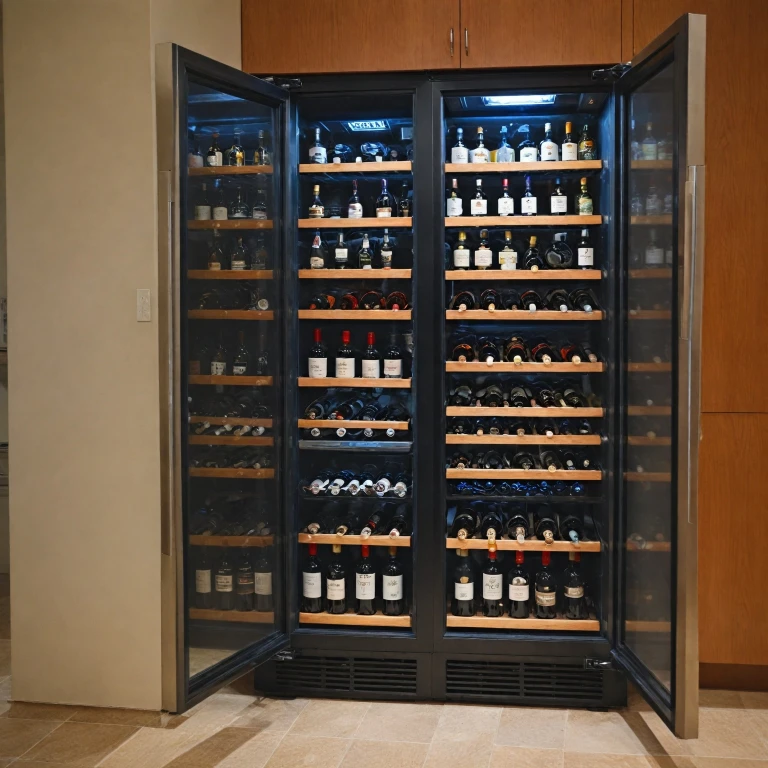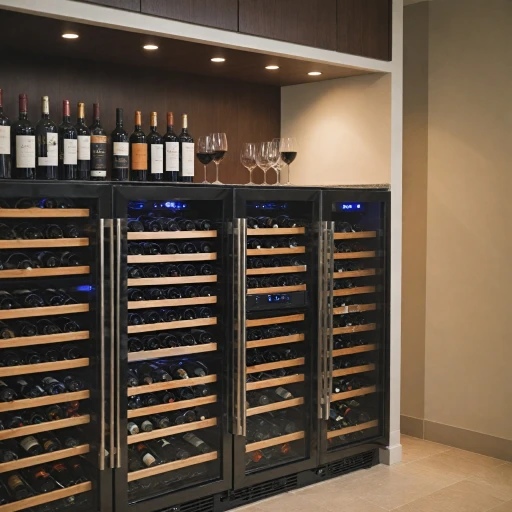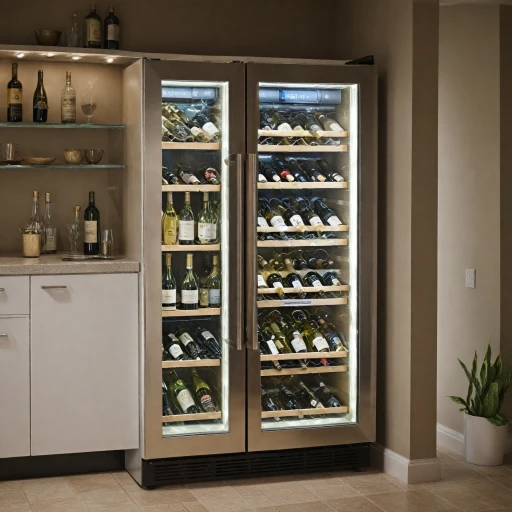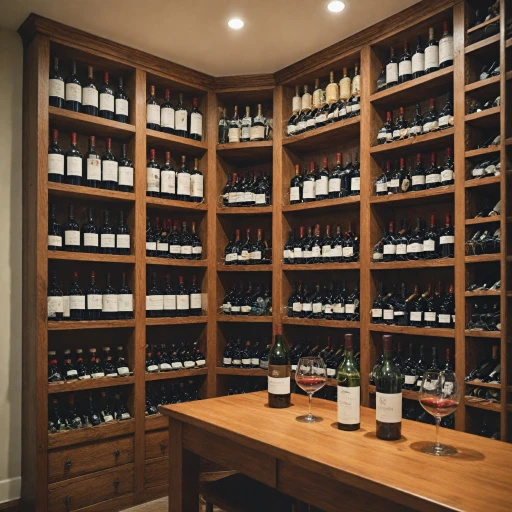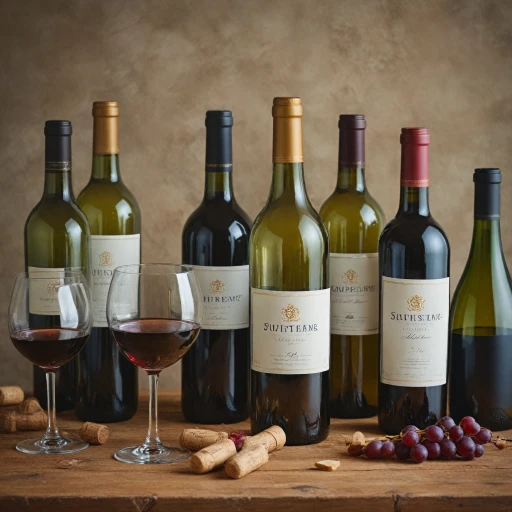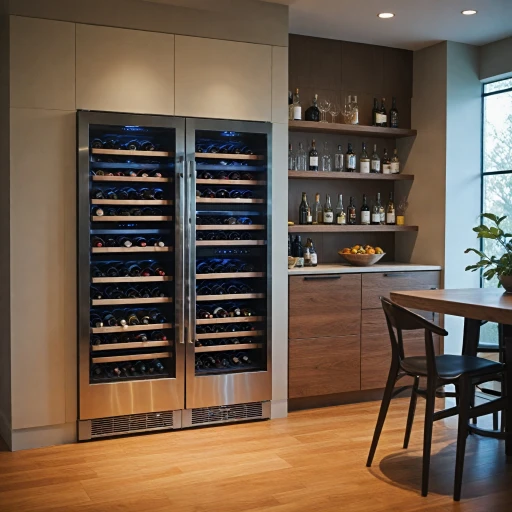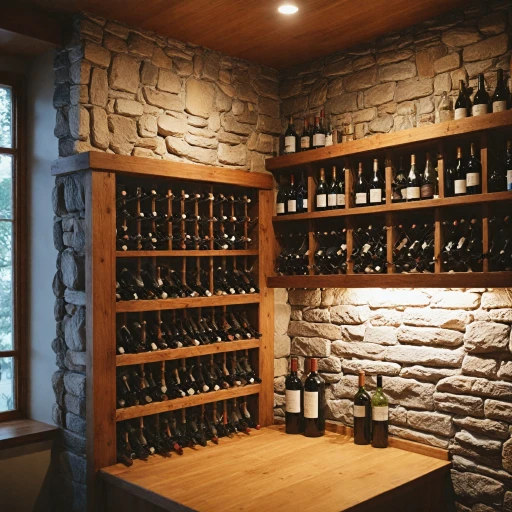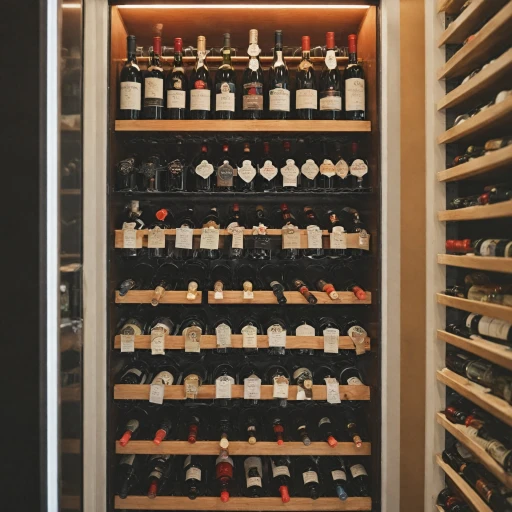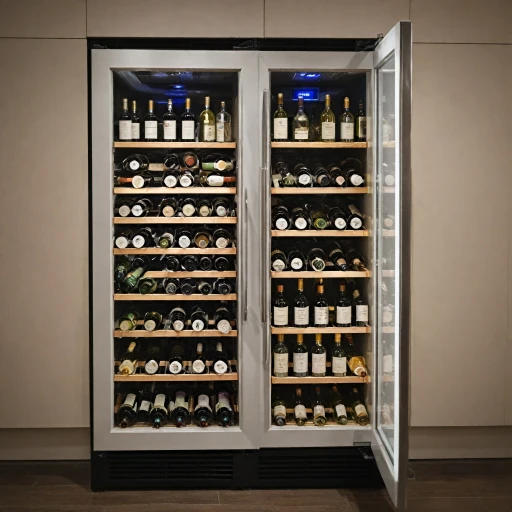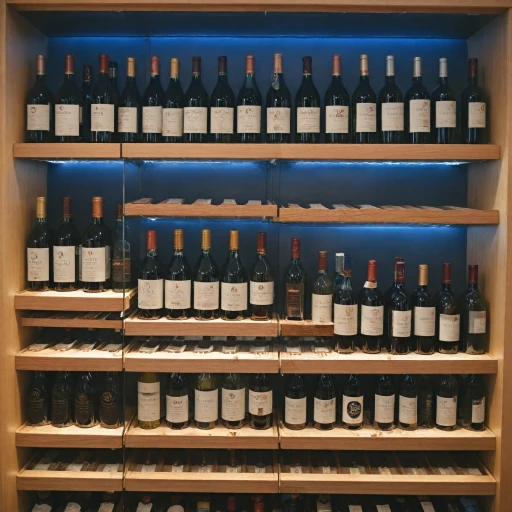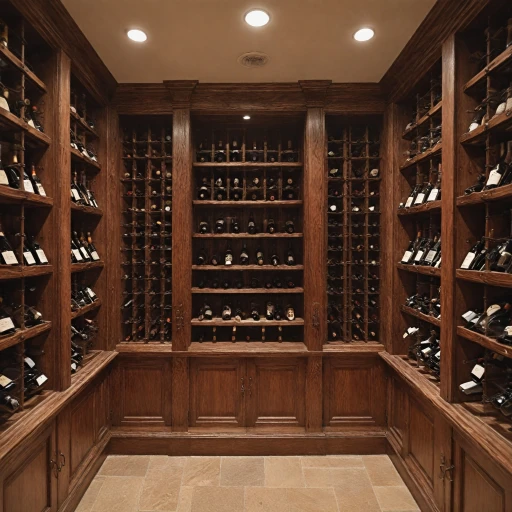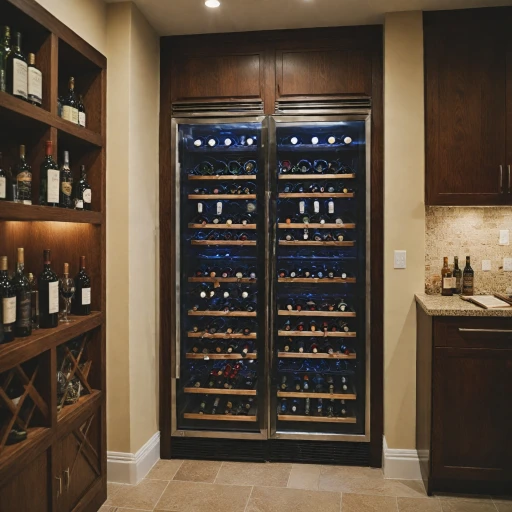
Understanding Wine Fridge Temperature Basics
Grasping the Essentials of Wine Fridge Temperatures
Understanding the basics of your wine fridge's temperature setting is crucial for wine enthusiasts looking to optimize their wine storage and serving experience. With a range of wine fridges available in the market, choosing the correct fridge temperature setting ensures both red and white wines are stored under optimal conditions.
Typically, wines are sensitive to temperature fluctuations, thus requiring a stable environment to preserve their flavors and aroma. A common misconception is to group all varietals under one setting, but different types of wines require specific temperature wine levels to maintain their best characteristics. This distinction becomes especially apparent when considering the ideal serving temperature of both red wine and white wine.
Why Temperature Matters:
- A consistent temperature range helps in the long term aging and preservation of different wines.
- Serving wines at their suggested temperatures enhances their full bodied flavor profiles when served.
For beginners, setting a wine cooler to a universal temperature might seem convenient, yet the nuance between temperatures can significantly impact the wine’s quality once it is served. It's essential to adjust the fridge temperature based on what you primarily store: red wines, white wines, or sparkling wines.
For those with an affinity for both red and white wines, opting for a dual zone wine cooler can be a game changer. These coolers offer distinct sections where the upper zone can be set for whites and sparkling wines, keeping them served cold, while the lower zone caters to reds.
Ensuring that your wine fridge's temperature aligns with the specific storage needs of your collection not only preserves the integrity of your wines but also enhances your overall wine serving experience.
Red vs. White: Temperature Differences
Setting the Right Temperatures for Different Wines
When it comes to optimizing your wine fridge, understanding the best temperature settings for red and white wines is crucial. Each type of wine demands a specific serving temperature to maximize its taste and aromatic profile. A wine fridge will typically offer settings that accommodate diverse wine cooling needs.
Red Wines: Red wines, especially full-bodied varieties, are best served at slightly warmer temperatures. Generally, maintaining reds around 55°F to 65°F (13°C to 18°C) allows their flavors to develop fully without compromising their character. Ensure your wine storage conditions align with these settings to preserve your collection.
White Wines: White wines, including sparkling wines, thrive in cooler environments. They should ideally be stored and served at around 45°F to 55°F (7°C to 13°C). White wine storage in lower temperature ranges brings out the crispness and subtle flavors crucial to their enjoyment.
Dual Zone Options for Diverse Collection
Investing in a dual zone wine fridge is a sensible choice for those who enjoy both reds and whites. This feature allows you to set separate temperatures for each zone, ensuring that every bottle is kept under optimal conditions without compromise. This dual zone convenience simplifies maximizing fridge shelf positions and storage practices efficiently.
These specialized fridges adapt the temperature to align with seasonal variations, optimizing the storage and serving temperature of your wines seamlessly. By understanding these nuances, enthusiasts can enjoy an impeccable wine experience year-round, regardless of the climate outside.
Common Mistakes in Wine Fridge Temperature Settings
Temperature Pitfalls: What to Avoid
When it comes to using a wine fridge effectively, many wine enthusiasts make common mistakes with regard to temperature settings that can negatively impact their wines' flavors and longevity. By understanding these pitfalls, you can avoid them and ensure your wines are kept at their optimal best.- One-Size-Fits-All Temperature: A frequent misstep is assuming a single temperature setting suits all types of wines. Each wine variety has its ideal storage and serving temperature; for instance, red wines are often best stored slightly warmer than white wines.
- Ignoring Dual Zone Advantages: If you possess a dual zone wine cooler, neglecting to utilize its full potential is a lost opportunity. Use one zone for storing full bodied red wines at their ideal temperature, while the other can maintain the perfect serving temperature for white wines or even sparkling wines, ensuring each bottle is at its best when served cold.
- Overlooking the Role of Serving Temperature: Serving temperature is crucial to enhancing a wine’s profile. Bottles served too cold can muten the aromas, whereas those served warmer might seem overly alcoholic. It's essential to adjust your fridge temperature settings depending on whether you're focusing more on storage or immediate consumption.
- Set and Forget Approach: Wine fridges aren't just set-and-forget appliances. Temperature fluctuations can occur due to environmental changes around the fridge or mistakes in setting adjustments. Regularly check and maintain your wine fridge settings to ideal temperatures, especially if you're storing wines for long term storage.
Seasonal Adjustments for Wine Fridge Temperature
Adapt to Changing Seasons for Optimal Wine Storage
As the seasons change, so too should your wine storage strategies. When it comes to optimizing the temperature of your wine fridge, one must consider how natural temperature fluctuations could impact your wines. This becomes particularly important if your wine fridge is located in an area of your home that isn't climate-controlled. Firstly, consider the seasonal ambient temperature changes. During hot summer months, your wine fridge may need to work harder to maintain the correct temperature range, especially for red wines which can lose their optimal serving temperature if stored too warm. Conversely, in colder winter months, ensure your wine storage is not too cold, particularly for full-bodied red wines that shouldn't be served cold. Switching between zones in a dual zone wine fridge can also be essential when adjusting to seasonal changes. For instance:- Set your wine cooler’s white zone to a slightly cooler temperature in summer, ideal for serving chilled white wines and sparkling wines.
- Adjust the red zone to maintain a consistently moderate temperature that's best for red wine storage.
Advanced Tips for Wine Enthusiasts
Mastering Advanced Temperature Techniques
Wine enthusiasts often seek to fine-tune their wine fridge settings to enhance the flavors and complexities of their beloved collections. It's not just about setting a general fridge temperature; it's about creating a personalized environment for each type of wine. It's crucial to maintain the optimal temperature range tailored to the characteristics of different wines. White wines, like crisp Sauvignon Blancs, often benefit from being served cold, around 45°F, whereas full-bodied reds, such as Cabernet Sauvignon, reveal their best at a warmer range, approximately 65°F. Dual zone wine fridges can offer an elegant solution for storing different types simultaneously. Configuring a cooler with two designated temperature zones ensures that both reds and whites are maintained at their ideal conditions without one interfering with the other's optimal serving temperatures. For further precision, it's important to consider the nuances of the wines you are curating. Sparkling wines, for example, are best served between 40-50°F to maintain their effervescence, while lighter reds are more enjoyable slightly cooler than their fuller-bodied counterparts. Lastly, consider the impact of long-term storage on your bottles. Temperature fluctuations, even slight ones, can affect the chemical balance within your wines, altering both taste and aroma. Ensure your wine cooler maintains a consistent environment to safeguard your collection's integrity over time.Troubleshooting Temperature Issues
Resolving Temperature Discrepancies
Experiencing temperature issues in your wine fridge can be frustrating, especially when you're keen on maintaining the perfect temperature range for your diverse collection of wines. Here are some insights and solutions to troubleshoot and resolve common temperature discrepancies effectively:
- Assess the Thermostat: Sometimes, the root of the problem lies in the settings of the thermostat. Ensure it's accurately calibrated and reflects the desired temperature, whether for storing full bodied red wines or delicate white wines.
- Check the Fridge Placement: Placement affects a wine fridge's efficiency. Keep your cooler away from heat sources like ovens or direct sunlight as it can cause fluctuations in the fridge temperature.
- Inspect Door Seals: The integrity of door seals plays a critical role. Any gaps or wear in the seals can let warm air in, disrupting favorable storage conditions suitable for wines served cold or at room temperature.
- Monitor Power Supply: Ensure the power connection is stable. Fluctuations can impact the refrigerator's performance, affecting dual zone configurations particularly meant for dual zone wine coolers.
- Regular Maintenance Checks: Dust and debris in coil systems can hinder performance. Schedule routine maintenance to keep the condenser and fans clean for optimum storage temperatures.
- Overloading the Fridge: Too many bottles can compromise airflow, leading to temperature inconsistencies. It's best to avoid over-packing to maintain efficient cooling.
- Invest in a Temperature Monitor: A separate thermometer ensures your fridge’s internal environment matches the displayed readings, enabling better judgment on adjustments for red or white wines.
For wine enthusiasts aiming for the best possible outcome, ensuring that your wine fridge works flawlessly is essential. By addressing these potential concerns, you'll create an ideal environment that caters to various serving temperature needs while maximizing the aging potential of your cherished collection.
